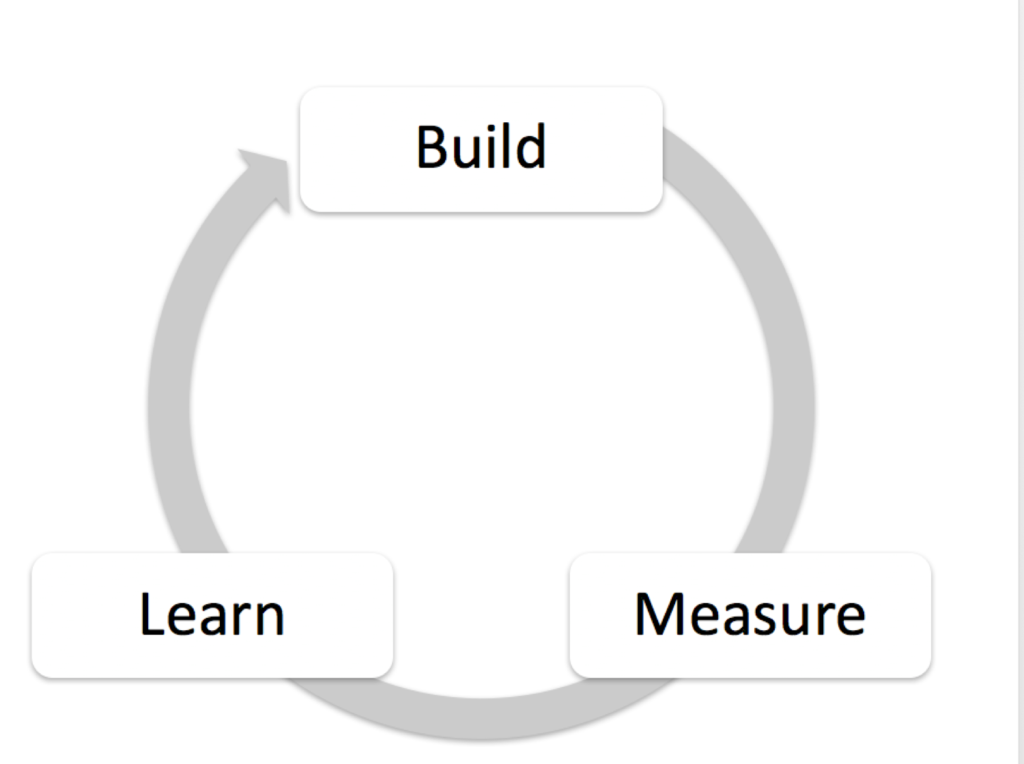Digitization is changing people and markets. It causes disruptive upheavals in entire industries, creates new digital-centric companies and requires established companies to make considerable efforts to cope with the transformation activities associated with these digitization processes. New procedural models have to be learned, tried and tested thought patterns have to be broken and, last but not least, innovation activities have to be understood as continuous necessities. At the same time, there are significant opportunities in digital business to renew competitive advantages, improve existing process structures and realign your own products, services and business models (Source: Digital Business Leadership von Kreuzer et al.).
In the aforementioned book: Digital Business Leadership, three very exciting questions were asked, which I would like to list here and which I would also like to try to answer in the course of the article:
- What distinguishes digital business leadership and how can this be achieved?
- But how can the necessary changes be made in an existing organization?
- Which new concepts need to be conveyed, which conventional principles throw overboard?
What is digital business leadership
By digital business leadership, Kreuzer means maintaining market leadership in the new digital market. According to the authors, many companies will not survive and in a so-called digital darwinimus go under. This is shown by the following quote: Many companies have already perished in the struggle for survival of digital Darwinism. Print products such as the Financial Times Deutschland and the Frankfurter Rundschau have been withdrawn from the market and have thus already been sorted out by the readers or their importance has been massively reduced. Universal mail order companies like Quelle and Neckermann were blown out of life. The multi-channel company Weltbild was also caught off guard by the online challenge and shaken to its foundations.
Cruiser et. All mean changing a business model through the new technological possibilities and the change of customer requests up to the opening up of completely new markets. In order to achieve this, however, important levers must be changed in companies.
Changes in organizations
A business model from the perspective of digital business leadership corresponds in character to a strategic business model. It represents the basic logic of a (digital) company, which describes which benefit is created in which way for customers and partners and makes statements about how this benefit should be generated, said Kreuzer and the other authors in their book. One possibility to implement such models is the so-called lean startup model.

As early as 2011, Eric Ries showed in the illustration above that precise future planning for a product is no longer possible. Rather, today’s times require a quick release of the respective business model in order to be able to collect data after the market launch that can flow into the further development of the business model. Before the release, on the other hand, you can only make assumptions, which may result in significant additional effort in rework. Take a look at that Book by Eric Ries. Also read my article on agile product development .
digital business models for digital business leadership
But what are such new business models? What are the characteristics of a digital business model? Here is the definition of Capital.de: A digital business model is first and foremost a transaction that is processed using digital technologies. A transaction is the exchange of a service and a consideration that takes place between a requesting and a supplying system according to precise rules across a defined technical interface. The transaction must not be a one-time and random process, but must be able to be repeated.
These digital models do not work with 1: 1 transmission. Capital.de here are some examples: The principles of how value is created and captured differ significantly in digital models from those in traditional and conventional business models. A rental video library like Empire has a completely different business model than Netflix’s video-on-demand model, although the range of services is similar from the user’s point of view. The arrangement of taxi rides via an app is a different model than the arrangement via a radio control center, even if taxis are ordered in both cases.
Establishing digital business models is also a task of a digital leader and not an easy one. There are already numerous examples on the market and it is important to find your own model that fits your own company. A best practice is lean startup to find this quickly and cheaply. Here are the links to the books as well:
- Cruiser et. al – book – Digital Business Leadership
- Eric Ries – book – Lean startup
Kreutzer, RT, Neugebauer, T., & Pattloch, A. (2017). Digital business leadership . Springer Gabler. http://doi.org/10.1007/978-3-658-11914-0
Ries, E. (2014). Lean startup . Munich: Redline Verlag.



